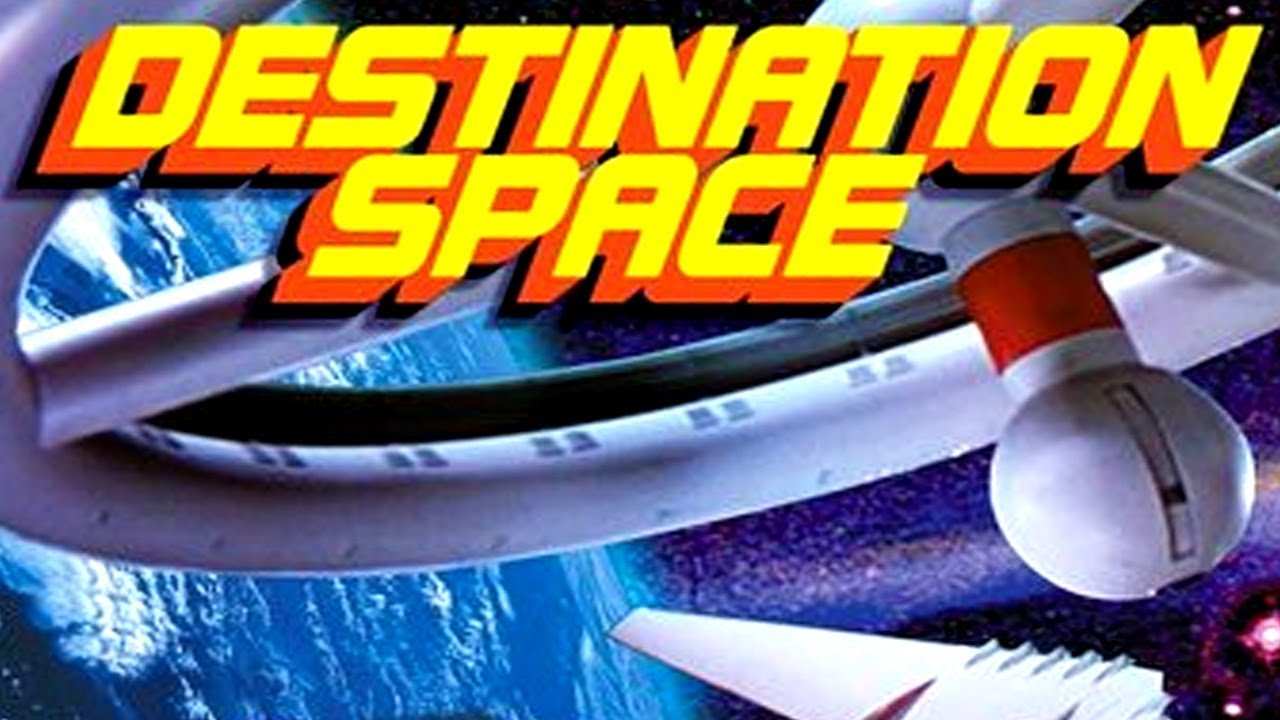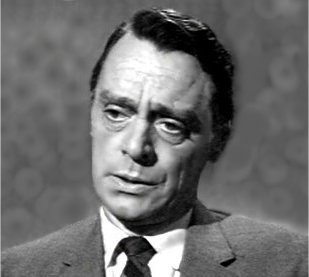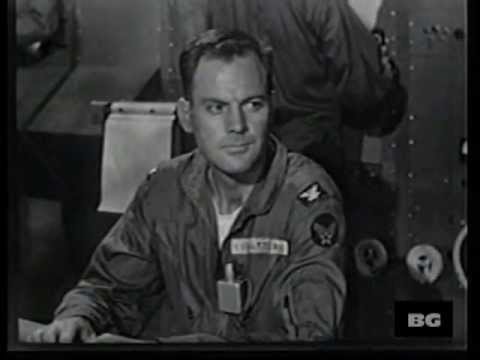4.9 from a measly 46 opinionators
An earnest portrayal of the political, social, and technical challenges of space exploration two years after Sputnik. The Cold War backdrop is there in the frequently mentioned enemies.

In the foreground is a massive space station wheel serving as a base for Moon exploration and landing with a view of colonising for purposes not specified, but to get there before the enemy does. Here as in many space ship films the underlying cinematic conventions come from submarine movies.
The technical problems of space travel are many but mercifully the Geordie-Speak is kept to a minimum. The social problems are surfaced. There are jealousies among the space station crew. The long stints there undermine normal life on earth. But the major problem is politics, the securing of ever more appropriations from Congress. Nothing is cheap in space and Amazon Prime does not deliver there (or here).
A qualification is in order before continuing. This 51 minute film was the pilot for television series and one assumes the other issues would be played out in future episodes. In contrast ‘Project Moonbase’ (1953) started as a television pilot and was converted to a movie, with the result that it is neither an episode nor a movie.
The bulk of this episode is the aftermath of a meteor strike on the station. What would script writers of space Sy Fy do without meteors arriving on cue? Some of the reaction is technical, fix it, and some social, get over it. But the major result is political, going back to Congress for more money.
The big scenes are courtroom-like committee testimony which is well done but which is more Perry Mason than Flash Gordon. The opposition wants to scrap the money pit that the space station is and blast multi-stage rockets straight from Florida’s Cape Canaveral to the Moon to get there before The Enemy. That would be like launching the D-Day invasion of Normandy from New Jersey, though no one says that. But then the American invasion of North Africa in 1942 was launched from Virginia.
Perhaps the best scene involves a visiting scientist come to the station to have a look, being confronted with a leap of faith into space to move from the commuter rocket to the wheel. The look on The Chief’s face was superb as was the crocodile smile Townes gave him before pushing off the ramp into the void. It is The Chief from ‘Get Smart.’ This effect and many others were well done but they came from that mishmash known as ‘Conquest of Space’ (1955).
At the end we are left uncertain of the outcome, but the characters have been established, the station, the Moon mission, the protagonists on Earth, and so on. The outcome of course was ‘No Sale’ and so no more.
Though John Agar is there, his part in this episode is small indeed. That surprised me since I supposed he would star. Rather Harry Townes leads the cast in camera time, and he does it well but he is no leading man.

He was a well travelled television character actor with a long string of forgettable credits and an Alabama accent where he was an Episcopal preacher between takes. He had gone north to Columbia University where he caught the acting bug. He certainly could act and here he twitches with nervous energy and delivers his testimony with conviction. Yet I could not see him attracting an audience with his earnest admonitions. Neither did the network buyers.
John Agar by contrast had worked for John Ford in the Cavalry Trilogy with John Wayne and married Shirley Temple. He was definitely on the A list of celebrities.

But came the fall. Temple divorced him citing alcohol, and he proved her right by finding the bottom of many more bottles, and spending months in jail on drunk driving charges. He made a comeback of sorts in B movies, especially Sy Fy and creature features and then television. But the drunk driving recurred.
The comparison must be Star Trek in 1966 where the Earth is left behind for space in a clean break. In ‘Destination Space’ the crew are all Americans and all are in Airforce coverall uniforms with the exception of the scientists who wear suits and ties to space. The crew is entirely masculine, and no women appeared on the space station, thus depriving the script writer the opportunity for the stupid sexist remarks prevalent at the time.
Absent are any women. Absent are the futuristic fashions of Star Trek. Absent are the multi-national and poly-ethnic crew. Absent is a united Earth. Absent is the alien Mr Spock. Absent is much technology, clipboards and pencils are in use. Though no one seemed to smoke on the space station. Absent is a dynamic leader, for Townes plays the committee man to a T but that is all. Absent also is any humour; no Bones to bring things down to the ground, though there is by-play among the crew that lightens the load a little, though it sounds like something the writer heard others say, and is so stale in the re-telling.
Most of all, absent is any sense of adventure or wonder at space and the cosmos. By the way, Harry Townes appeared in ‘Star Trek: Original Series’ as Reger in ‘Return of the Archons’ where he announced the Red Hour! Strong stuff that.
The fashions may seem out of place in the list above but the fashions alerted one and all that ‘Star Trek’ had left our time and place. Ditto the technology of coloured lights, automatic doors, tri-corders, and the medical scanners. Taken together these two dimensions helps convey the distance, the break between 1965 and this world of the stars.
Skip to content
